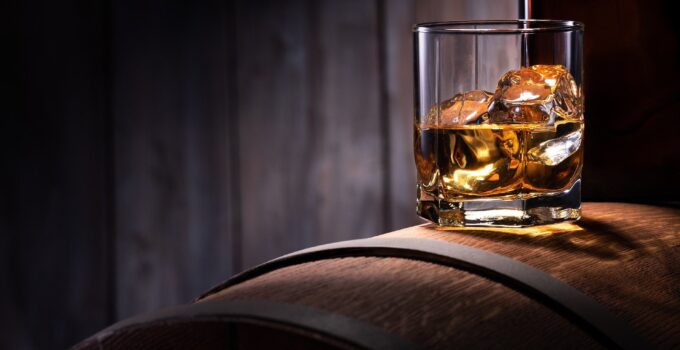Bourbon is not just a drink; it’s a story bottled up for those who seek more than just another evening pour. But how do you sift through the countless options and zero in on something that stands out? Not all bottles are created equal, and the journey to finding the best can feel like searching for the perfect leather jacket: it has to fit, look good, and make you feel like a million bucks. Let’s break it all down and simplify the hunt for your next great bourbon.
Key Points
- High-quality bourbons showcase balance between sweetness, spice, and complexity.
- Aging matters—a good bourbon matures over time.
- Mash bills are key to flavor profiles.
- Bottling proof affects how it tastes.
- Packaging sometimes reflects the quality within, but not always.
Start with the Basics: What Makes Bourbon Special?
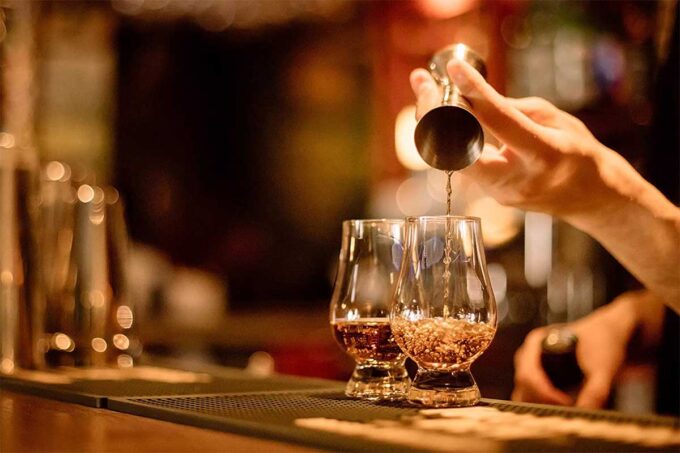
Source: insidehook.com
To earn its name, bourbon has to meet specific criteria. It’s always made in America (thank Kentucky for setting the gold standard) and must include at least 51% corn in its mash bill. That corn brings a sweetness you won’t find in other whiskeys. What sets bourbon apart even further is the barrel aging process. It has to mature in new, charred oak barrels. Those barrels give bourbon its signature caramel, vanilla, and smoky flavors. The law also forbids added flavors or colors, so every note you taste is the result of skill and time.
And don’t forget: all bourbon is whiskey, but not all whiskey is bourbon. That’s an important distinction. The next time someone asks, you’ll know exactly why bourbon holds such a special place in American spirits.
For more details on the craft of bourbon, you can check out Decpapi’s bourbon guide for expert insights.
How to Spot Quality in a Bottle
The best bourbons have a few key traits that set them apart. Knowing what to look for will save you from pouring money into a bottle that doesn’t deliver.
1. The Label Tells a Lot
The label on a bourbon bottle is like the tag on a designer shirt—it gives clues about what you’re getting. Terms like “Straight Bourbon” and “Single Barrel” are good signs. Straight bourbon means it’s aged for at least two years, with no shortcuts or added flavors. Single barrel, on the other hand, means the bourbon comes from one barrel, not blended with others, giving it a unique and often higher-quality taste.
Beware of vague words like “crafted” or “select.” They sound fancy but don’t necessarily guarantee quality. Some of the best bourbons let their name and reputation speak for themselves without overly flashy wording on the label.
2. Aging Isn’t Just a Number
The age of a bourbon can tell you a lot, but it’s not the whole story. A bottle with “Straight Bourbon” on the label is guaranteed to be aged at least two years, but the best options usually spend much longer in barrels. Many bourbon aficionados agree that 6-12 years is the sweet spot. Anything younger might taste too rough, and anything older risks becoming over-oaked, which can overpower the other flavors.
Picture it like a pair of jeans. You want them broken in just enough to feel comfortable but not so worn out that they lose their shape. Bourbon’s aging process works the same way—finding that balance is key.
3. Mash Bill Ingredients Dictate Flavor
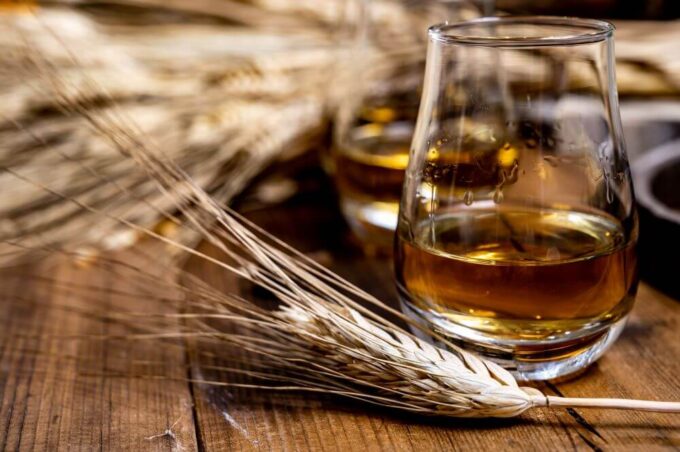
Think of the mash bill as the recipe that makes bourbon unique. Corn is always the star, but the supporting grains—rye, wheat, and barley—play a big role in shaping the flavor.
- Corn is the foundation. It gives bourbon its characteristic sweetness.
- Rye adds spice and boldness. A rye-heavy bourbon will often have a peppery kick.
- Wheat delivers softness and a smooth, sweet profile. Many describe it as “gentler.”
Barley might be the quiet one in the mix, but it contributes nuttiness and aids fermentation.
Trying different mash bills is like sampling various cuisines—each brings its own flair. New to bourbon? Start with a wheated option for a softer introduction. If you’re feeling adventurous, go for something with a rye-forward profile.
Proof: Don’t Ignore the Numbers
Proof is one of the most overlooked details on a bourbon bottle, but it’s critical. It refers to the alcohol content, and it’s more than just a number. Lower-proof bourbons (typically 80-90 proof) tend to be smoother and easier to sip, especially for newcomers. They’re great for casual sipping or mixing into cocktails.
Higher proofs (100+) pack a punch and often bring a deeper, richer flavor. These are for people who like their bourbon bold and aren’t afraid of a little heat. If you’re venturing into the world of high-proof bourbons, don’t hesitate to add a splash of water—it can open up the flavors and make the experience more enjoyable.
Color and Clarity Can Speak Volumes
Before you even take a sip, your eyes can tell you a lot about the bourbon in your glass. A rich, amber color often signals a longer aging process, as the liquid absorbs more of the barrel’s essence over time. Clarity matters, too. Quality bourbon should be free of cloudiness unless it’s unfiltered, in which case the “haze” is actually a sign of craftsmanship.
To go a step further, give your glass a swirl. Watch how the bourbon clings to the sides. Those “legs” can indicate viscosity and richness, giving you a hint of what to expect in the taste.
4. Taste: Where It All Comes Together
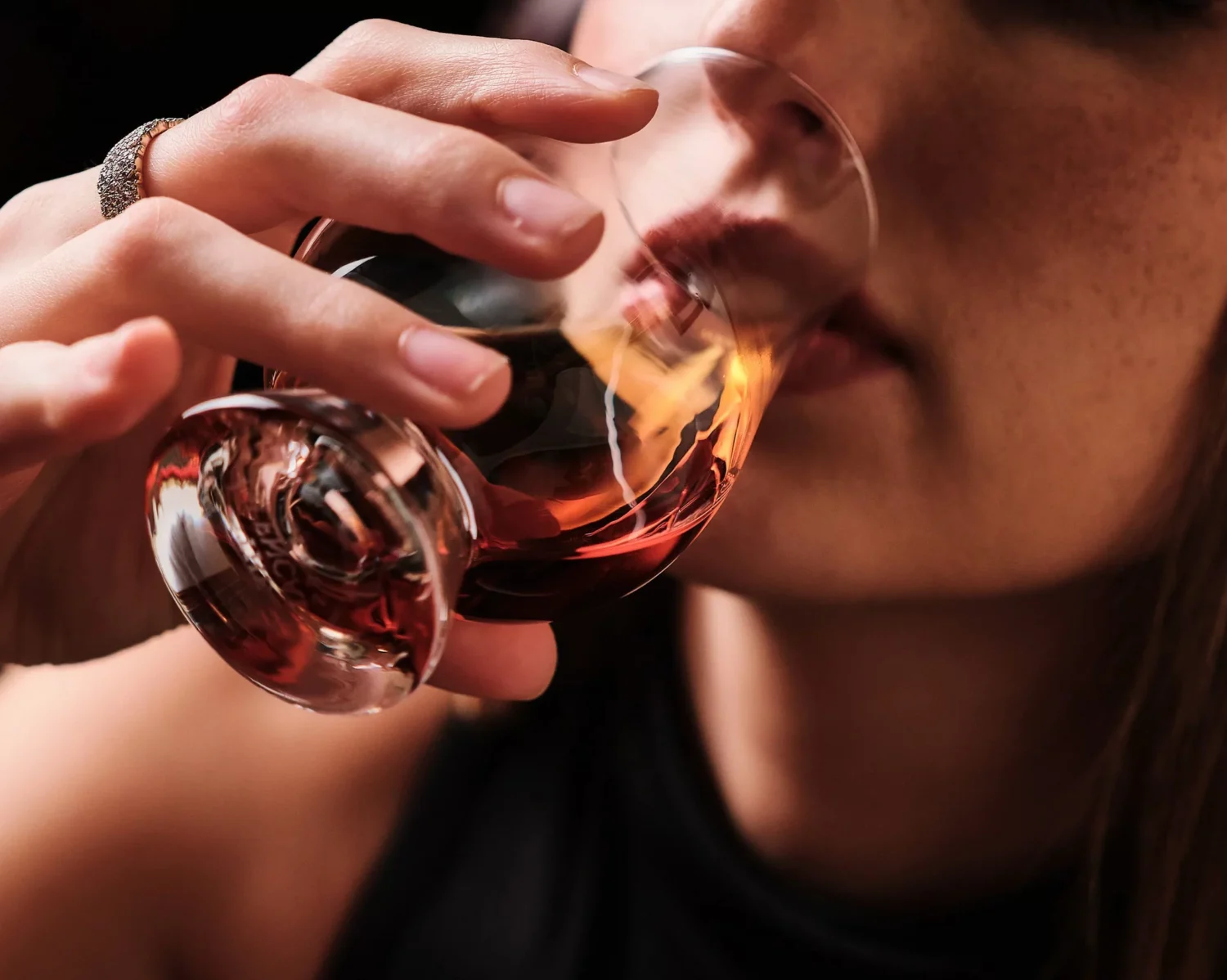
Tasting bourbon is where the magic happens. Quality bourbon excels in three areas: aroma, flavor, and finish. Here’s what to look for:
- Aroma: Take a moment to inhale. You should notice inviting scents of caramel, vanilla, and oak, maybe even hints of spice or fruit.
- Flavor: The first sip should confirm what your nose picked up. Quality bourbons often deliver layers of complexity, with notes ranging from toffee to chocolate, dried fruit, or even leather.
- Finish: This is what lingers after you swallow. High-quality bourbons leave a warm, satisfying finish that doesn’t fade quickly. If the finish feels short or harsh, you’re likely dealing with a less refined product.
5. Packaging: Don’t Judge a Book by Its Cover
Packaging can be tricky. Fancy bottles and elaborate designs might catch your eye, but they don’t always reflect what’s inside. Some of the best bourbons come in simple, unassuming bottles. That said, attention to detail in packaging can sometimes hint at the producer’s care and dedication.
Here’s a good rule of thumb: don’t let the packaging be the deciding factor. Always focus on the label information and what you know about the brand’s reputation.
Tips for Finding Your Perfect Bottle
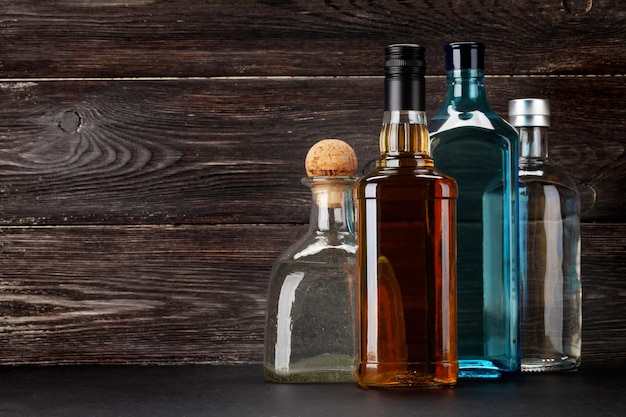
Source: freepik.com
The search for the right bourbon can feel overwhelming, but a few simple tips can make the journey easier:
- Start Small: Pick up sample-sized bottles or miniatures. They’re affordable and let you experiment without committing to a full-sized bottle.
- Read Reviews: Bourbon blogs, YouTube channels, and expert reviews can guide you to solid choices.
- Visit Distilleries: If you’re traveling, stop by a local distillery. Many offer tastings and a chance to learn directly from the source.
- Ask for Recommendations: Bartenders and store clerks often have great advice. Don’t be shy about asking for suggestions.
- Trust Your Palate: At the end of the day, personal preference trumps all. Drink what you enjoy, not what others tell you to like.
Final Thoughts
The world of bourbon is as rich and varied as the drink itself. Finding a high-quality bottle requires a little effort, but the reward is worth it. Think of it as curating a wardrobe: every piece (or bottle) you choose should reflect your taste, style, and personality. Experiment, learn, and most importantly, enjoy the process.

